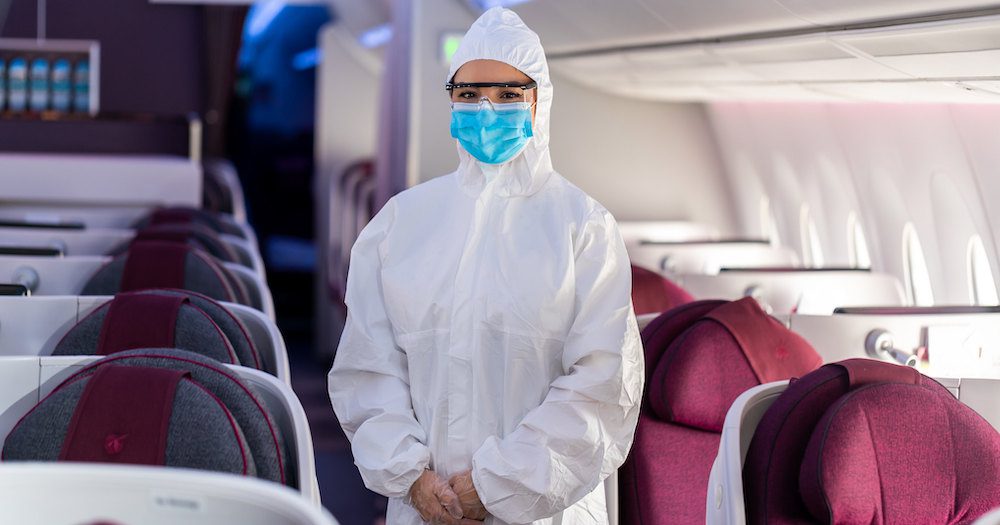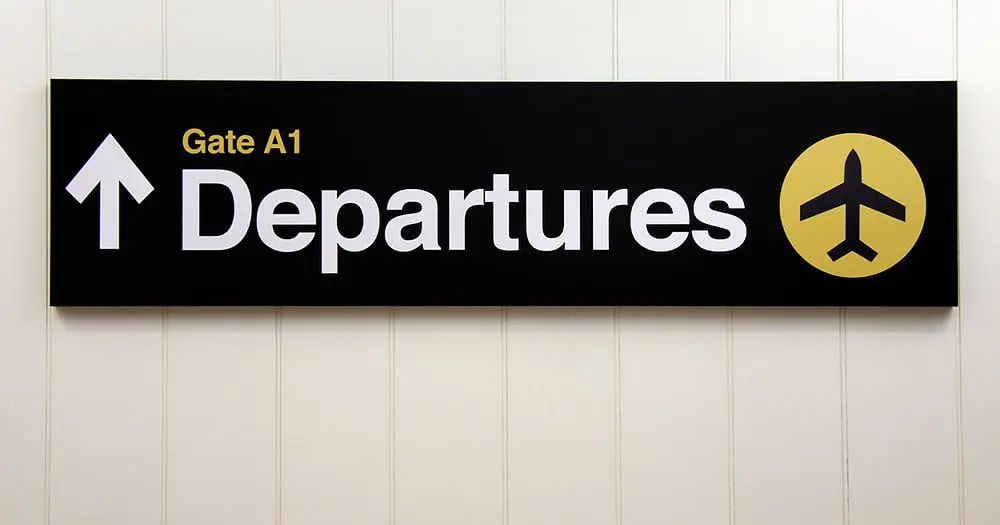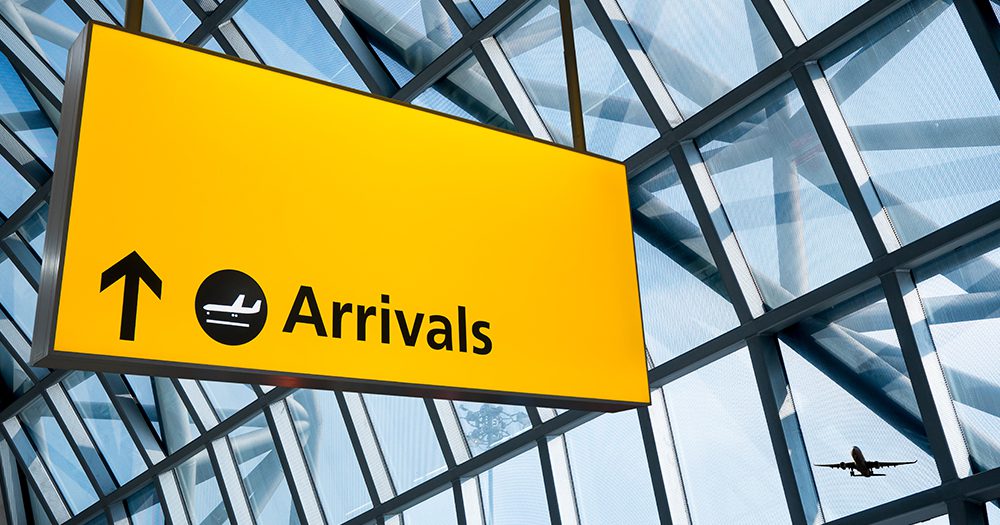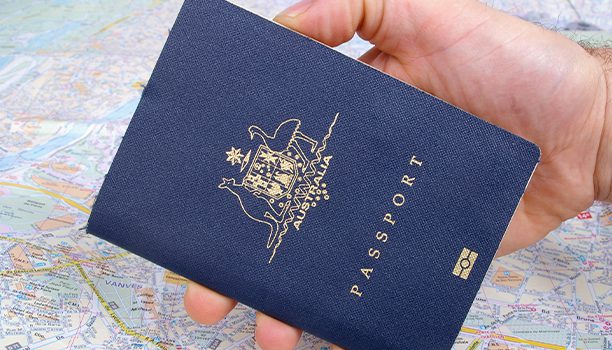Given the current government restrictions on the number of people allowed to fly into Australia, The Board of Airline Representatives of Australia (BARA) estimates it will take six months to get 100,000 stranded Australians home. Here’s the reasons why and what needs to urgently happen to change that heartbreaking statistic.
In recent weeks and months, we’ve all heard far too many sad stories in the media of families and loved ones the world over not being able to get home and reunite due to the ongoing impact of Australia’s closed borders regulations.
Australian Department of Foreign Affairs and Trade restrictions have meant that the number of passengers airlines have been allowed to board the already limited flights to Australia is severely restricted, often to just 30 passengers per flight.
This has become a huge logistical issue for airlines who say they are doing their best to accommodate Australians getting home, albeit with the complexity of an ever-growing waiting list mixed with a vastly reduced schedule, limited availability and frequently changing government regulations and information.

Sadly, if you listen to the mainstream media narrative, all you’ll hear are accusations of long waitlists (often up to two months), airlines bumping people off flights and price gouging by carriers who are perceived to be offering people only business class seats at premium prices.
Understandably, people are anxious and frustrated at not being able to get themselves or loved ones home as the uncertainty continues and seat demand far outstrips the heavily restricted supply.
BARA says that to date around 19,000 Australians overseas seeking to return home have formally registered their intent to do so with the Department of Foreign Affairs and Trade.
However, they suggest that more than 100,000 Australians could be seeking to return home, which is consistent with the reported difficulties faced by many and the current backlog of passengers for international airlines.
BARA says that assuming 19,000 are but a modest proportion of a much larger total, the international arrival caps will need to be increased to support more orderly outcomes for passengers and international airlines than are presently occurring.
Here’s the bad news: Under the existing tight international arrival caps into Australia, with passenger numbers on many arriving international flights capped at about 30, it will likely take six months for international airlines to fly 100,000 Australians home.
How many Australians are still overseas but want to return home?

Before the COVID-19 pandemic, each month on average, one million Australians travelled overseas and returned home.
The travel restrictions introduced from February 2020 rapidly reduced the number of Australians travelling overseas, with passengers progressively returning home.
So while you might hear uninformed people saying “they should have come back sooner”, the reality that people choose to return home for all manner of reasons, and largely depends on visa requirements, or personal, health and work circumstances.
Executive Director of BARA, Barry Abrams says “Based on available data and discussions with international airlines, it is possibly more than 100,000 Australians are overseas who are, or will be, seeking to return to Australia. There is a pressing need to have a more accurate total of how many Australians overseas are seeking to return home. As more Australians register their intent with DFAT the true situation should become clearer. This information is necessary to support sound reviews of the international arrival caps, which often limit passenger numbers to about 30 per flight,”
How have international arrival caps disrupted travel plans?

When, with little notice given to international airlines, tight international arrival caps into Sydney were introduced in early July, they caused severe disruption for passengers and airlines. One airline told BARA that it had to deny over 100 passengers from boarding at the airport.
It also created a backlog of thousands of passengers for many airlines that had sold tickets to them but were no longer able to offer a seat. This means some international airlines are not selling any more tickets until the current backlog is cleared.
“Based on the current ability to return less than 4,000 Australians per week, often at only 30 passengers per flight, it would take some six months to cover 100,000 Australians overseas. If the current tight international arrival caps continue, it could be some people will be unable to return home before the end of 2020.
Barry Abrams, Executive Director of BARA
“International airlines have told BARA they’re continuing to receive many hundreds of requests for priority travel back to Australia on compassionate grounds. International airlines are effectively ‘triaging’ the many cases put to them in the context of an already long passenger waiting list,” Mr Abrams said.
Are capped international passenger flights commercially viable?

BARA says international airlines have displayed a high level of professionalism in supporting Australia to manage the COVID-19 pandemic.
As the remaining airlines maintaining Australia’s international passenger networks, they are doing so in an environment that is becoming increasingly difficult to navigate both commercially and operationally.
Operating international flights is expensive, costing $8,000−10,000 per hour in fuel and crew costs alone. Costs also increase when flight schedules are disrupted through government-mandated changes to operating requirements and passenger restrictions that must be implemented with little prior notice.
“With passenger numbers on many arriving international flights capped at about 30, the cost per passenger equation becomes terrible for airlines and passengers. Commercial viability can become particularly problematic if strong outward passenger loads are also not possible. If the tight arrival caps continue, it will also ensure the limited outbound passenger market deteriorates,” Mr Abrams said.
Can returning Australians come home in a more orderly manner?

In line with the current narrative, State and territory governments will ultimately decide how many Australians overseas they are prepared to accept each day or week in managing COVID-19.
BARA says this is complex, noting the growing media coverage of the difficult situation faced by many Australians overseas and ongoing issues with quarantine processes.
“An increase in the international arrival caps is necessary to allow Australians overseas to return home in a more orderly manner than at present by permitting more passengers on existing flights.
“Given the existing backlog of passengers, greater flexibility within caps would also mean international airlines are better placed to support hardship cases, as there are plenty of spare seats on every flight. International airlines will continue to work with all levels of government in finding workable solutions for returning Australian citizens home during the COVID-19 pandemic,” Mr Abrams said’
Find out more: bara.org.au






